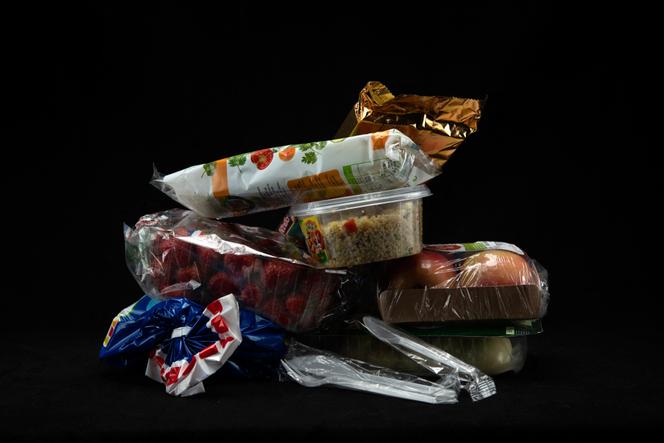


Forever chemicals, bisphenols, phthalates, heavy metals, pesticides, volatile organic compounds... at least 3,601 chemical substances, some of which are particularly hazardous to our health, are found in our bodies and come from materials that come into contact with food, such as food packaging and cooking utensils.
This impressive tally comes from an unpublished study published Tuesday, September 17, in the "Journal of Exposure Science and Environmental Epidemiology". It reports on "widespread human exposure to food contact chemicals [FCCs]," revealing the number of such chemicals, previously largely underestimated, at 3,601 – twice as many as previously thought.
This new assessment is the fruit of international collaboration between researchers from the Zurich-based Food Packaging Forum, the Swiss Federal Institute of Water Science and Technology and the Institute of Environmental Health Science at Wayne University (Detroit, US).
To arrive at this estimate, the authors conducted a systematic review of food-contact molecules monitored and detected in human biomonitoring studies. According to the scientific literature, just over 14,000 FFCs have now been identified. The research drew on five biomonitoring programs (in Europe, North America and South Korea) and three databases on the exposome (all exposures throughout life) and the metabolome (all metabolites found in a biological sample). By analyzing the FCCs most frequently detected in food contact materials, they were then able to map, for the first time, evidence of their presence in the human body.
As a result, for around a quarter (3,601) of the 14,402 FFCs listed, the researchers found evidence of their presence in biological samples (blood, urine, serum, skin, plasma). What's even more worrying is that around 80 of these chemical compounds that come into contact with food belong to the category of substances of very high concern. According to the European Chemicals Agency classification, these are substances that are carcinogenic, mutagenic or toxic to reproduction, or substances that are persistent, bioaccumulative and toxic.
"One of the top issues is of course bisphenol A which continues to be used in bottles, food and beverage can coatings," Jane Muncke of the Food Packaging Forum, one of the study's co-authors, said. "The EU has a draft regulation in the pipeline, but even if passed soon it still has transition periods of 3 or more years. So people will continue to be exposed to Bisphenol A from food contact materials for a while.."
You have 39.36% of this article left to read. The rest is for subscribers only.
